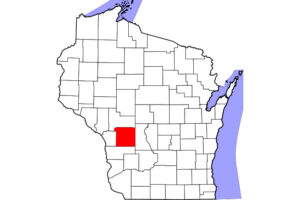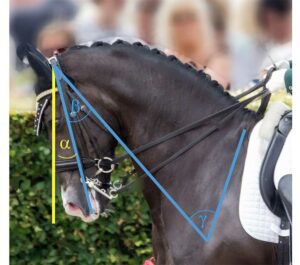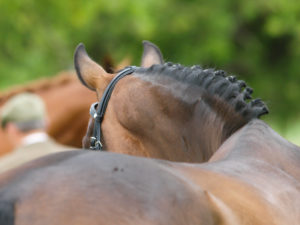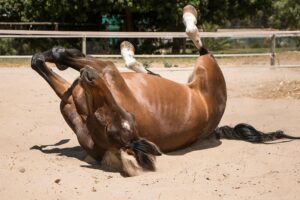The Young Stallion
Envision this: In his first season, the young stallion fulfills his purpose as a breeding animal. He matures from a rambunctious colt into a skillful stud. So how do you make this dream a reality? As the handler, you want the horse to behave
Share
ADVERTISEMENT
Create a free account with TheHorse.com to view this content.
TheHorse.com is home to thousands of free articles about horse health care. In order to access some of our exclusive free content, you must be signed into TheHorse.com.
Start your free account today!
Already have an account?
and continue reading.
Share
Written by:
Charlene Strickland
Award-winning writer Charlene Strickland lives in Bosque Farms, N.M.
She has published 8 books and over 600 magazine articles, and is a member of the International Alliance of Equestrian Journalists.
Related Articles
Stay on top of the most recent Horse Health news with



















